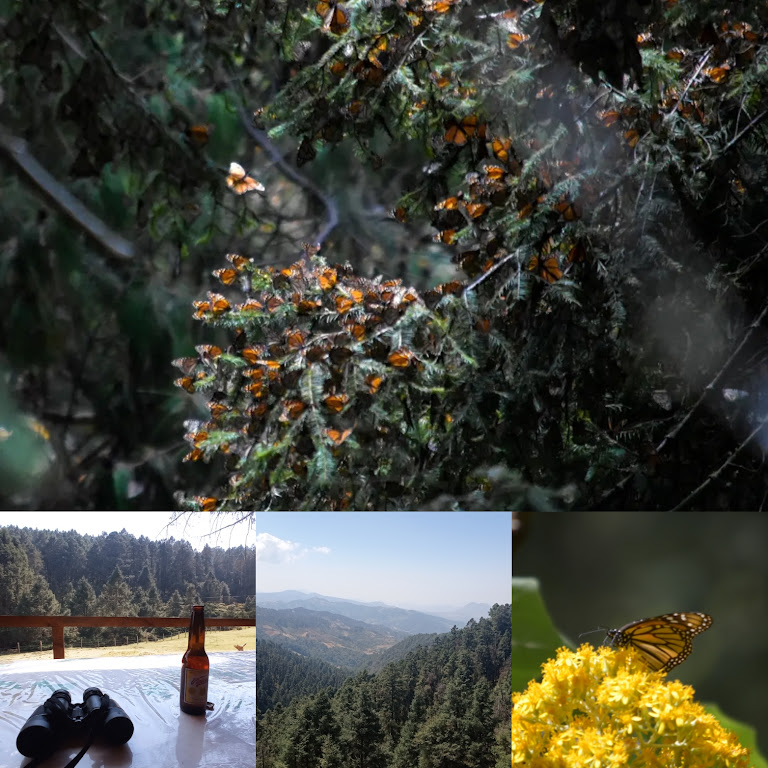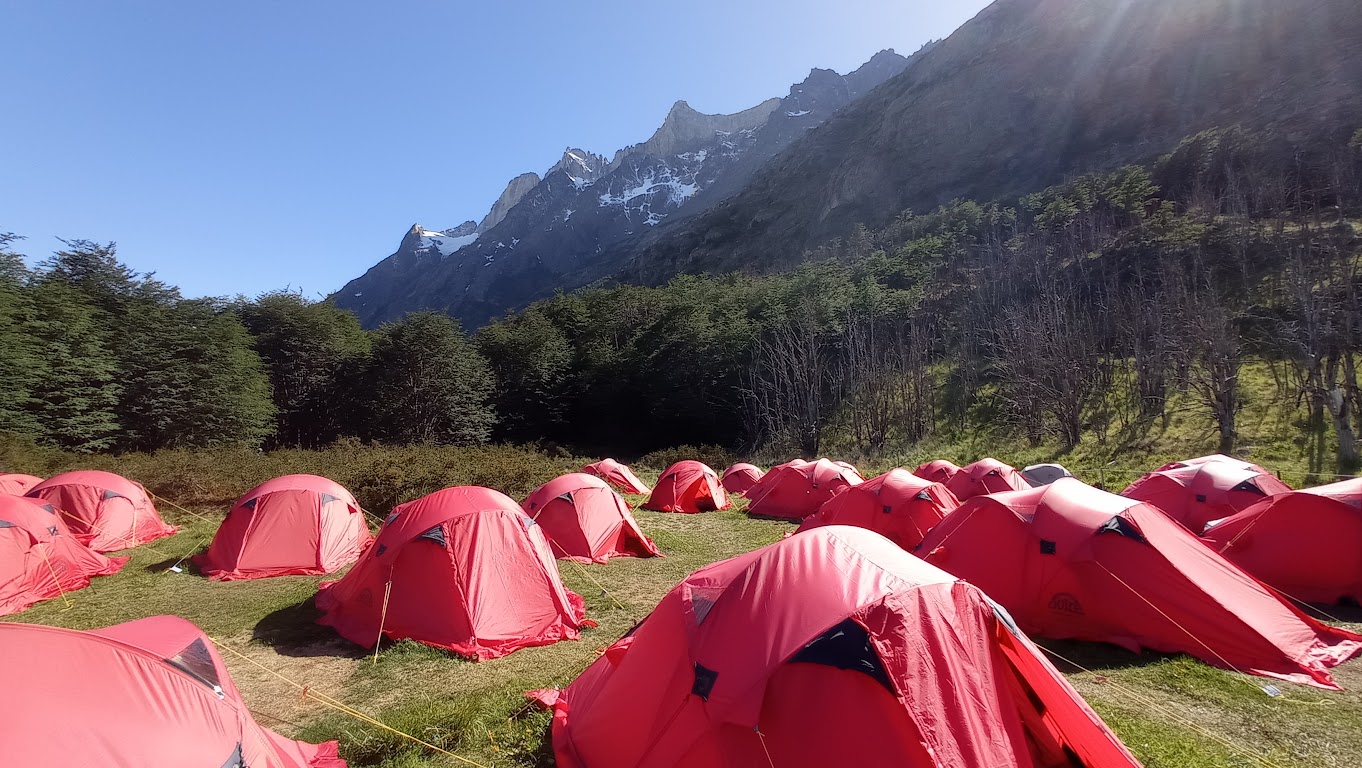A traveller’s guide to the Yucatan’s wildlife
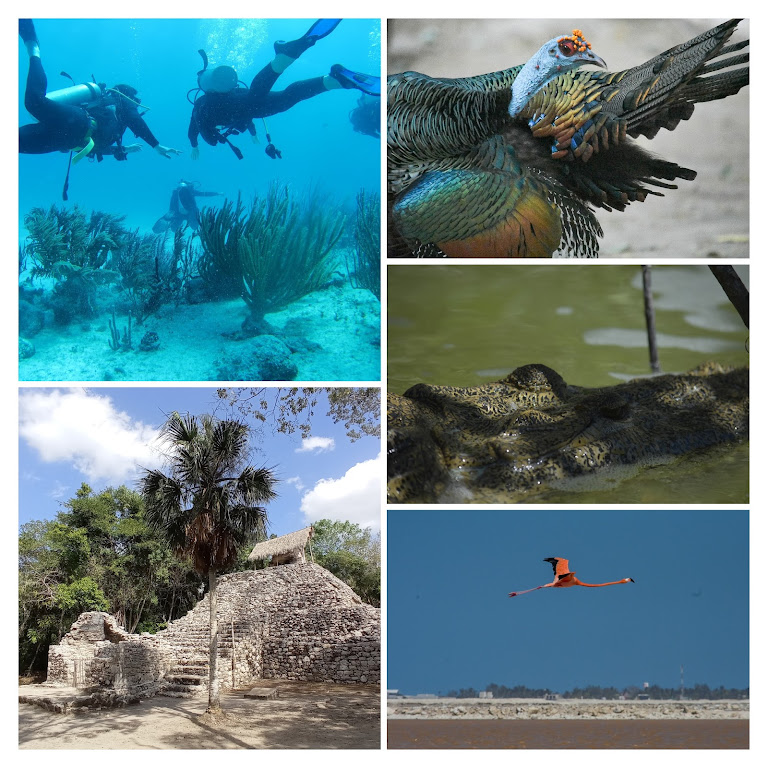
Spanning the better part of southern Mexico and nudging the Caribbean, the Yucatan is many people’s first foray into Latin America. With white sand beaches and a warmth that lingers even in the depths of winter, the northern periphery of the tropics has been a magnet for the sun-seeking masses since the advent of commercial flights. Nonetheless, there’s still plenty of natural beauty to appreciate, and the area’s tourist infrastructure and safety make that all the more easy.
Wildlife on land is best described as “modest”, at least by tropical standards. Anyone expecting to see towering jungles akin to the Amazon will be disappointed, and while large animals such as jaguars are elusive as usual, even monkeys require more effort to find than in countries further south. Still, there’s a fair amount to be seen. In particular, I found that wildlife photography was easier here than in other places thanks to the good weather and the fact that, in the mangroves and the Mayan ruins, animals would let me get quite close.
You might have noticed in the last paragraph that I said “on land” – when it comes to marine life, the Yucatan is world-beating. Even Australia would struggle if it were a competition: divers and snorkellers here will find reefs chock-full of colourful fish, and congregations of bull and whale sharks and sea turtles.
Contents
For the best wildlife head into the mangroves…
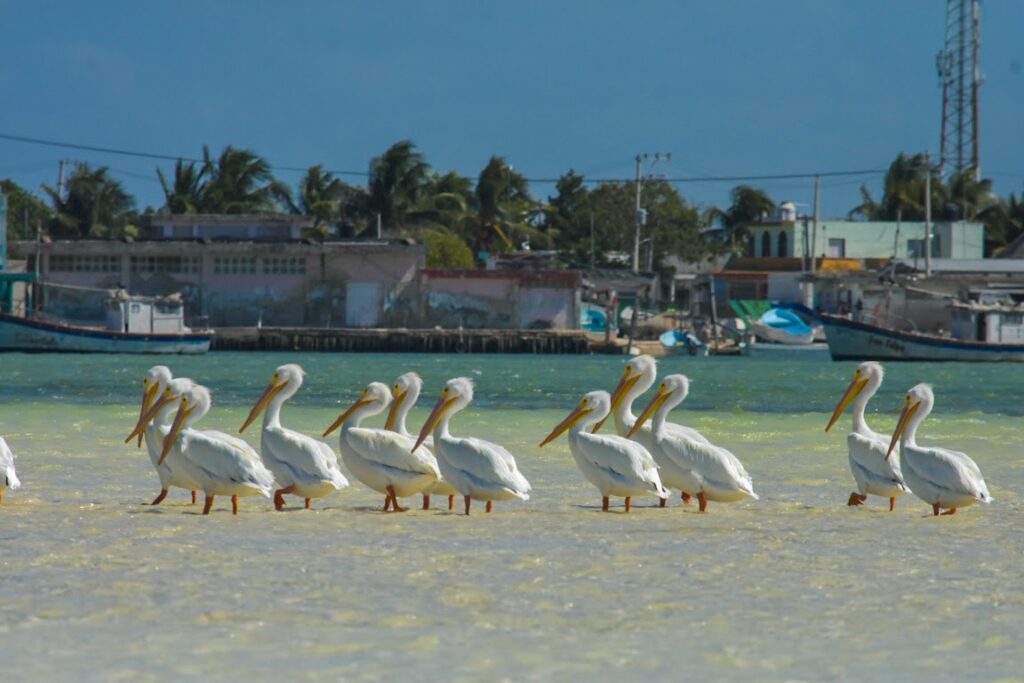
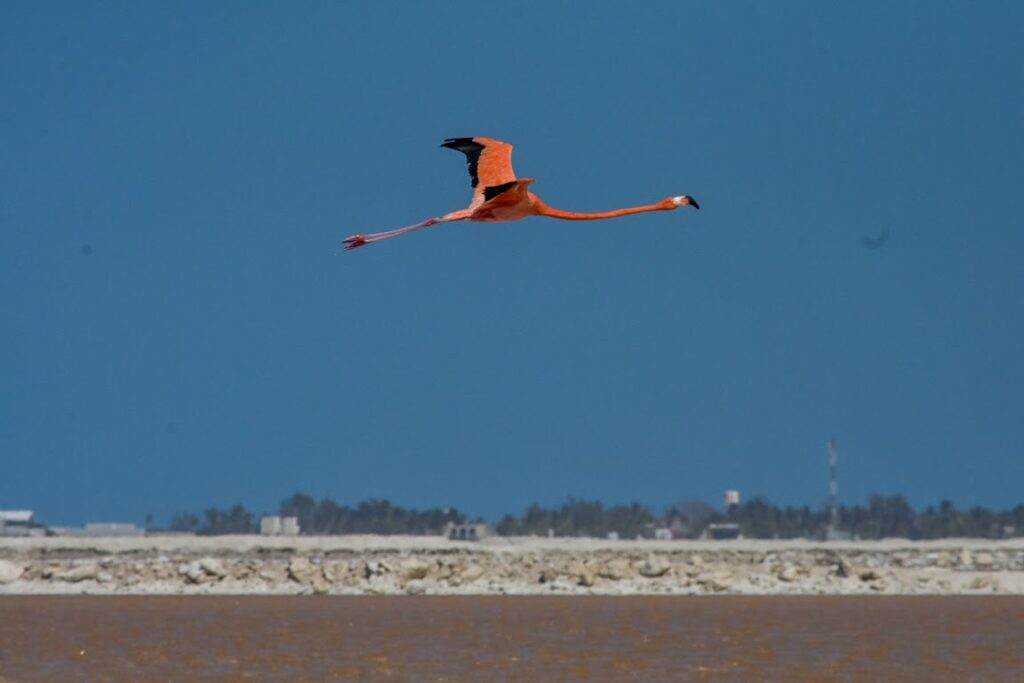
Straddling the coast of the Yucatan, especially the less developed Gulf coast, are miles of mangroves, forests dominated by trees whose long roots enable them to grow in shallow water. Rio Celestun and Rio Lagartos are two of the best-known ones, primarily for their flocks of flamingos that spend the winter here. They’re joined by a multitude of other birds, such as ibises, frigatebirds and pelicans, and crocodiles float through the murky waters. Other good sites include Yum Balam reserve on Isla Holbox near Cancun and Sian Ka’an, south of Tulum. The latter, in addition to its mangroves, also covers an extensive area of inland forest.
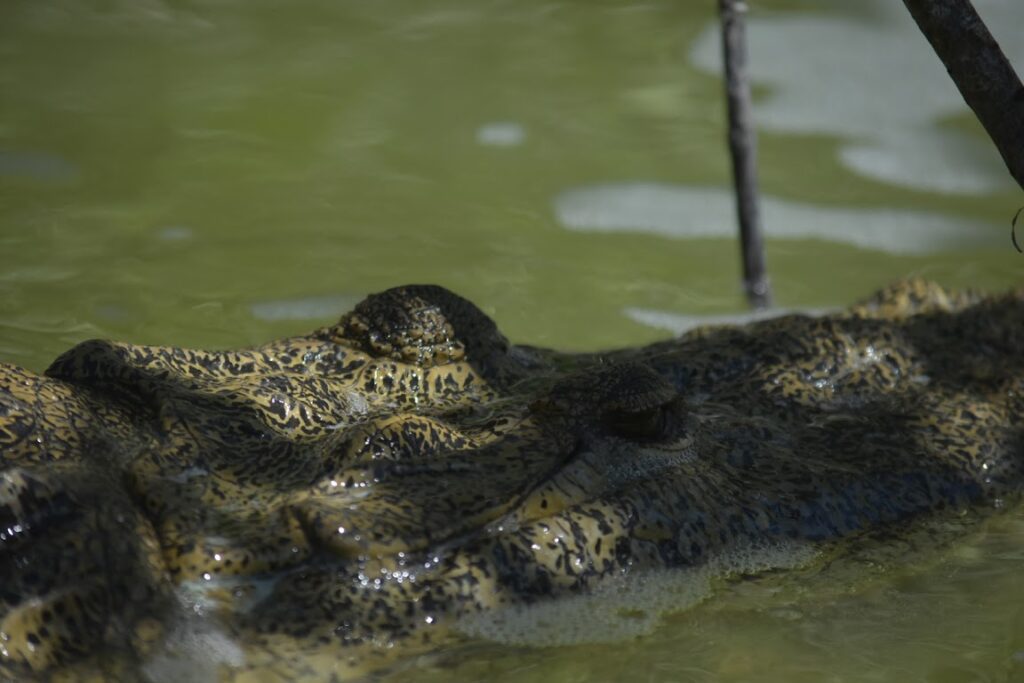
Which one you should visit depends on where in the Yucatan you head to. Celestun and Rio Lagartos are both accessed from towns that bear the same name, lying two and a half hours from Merida and Valladolid respectively. Both are also quite similar in terms of how tours are arranged: boat captains mill about the docks, and head out once they’ve gotten enough people or money, whichever comes first. If you find yourself on your own you should expect to pay 800 pesos for a tour. As there will be multiple captains, choose one that looks like they’re having a good day. They’re the ones that won’t grumble when you spot a bird or are taking more than one photo of a crocodile.
…And go diving.
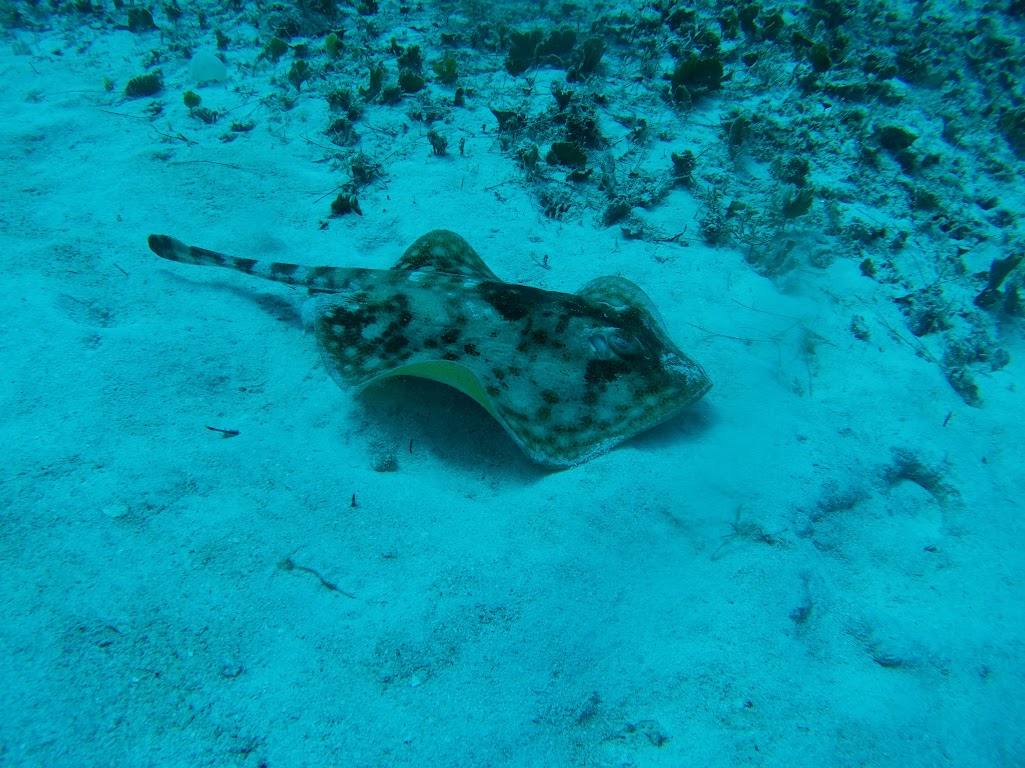
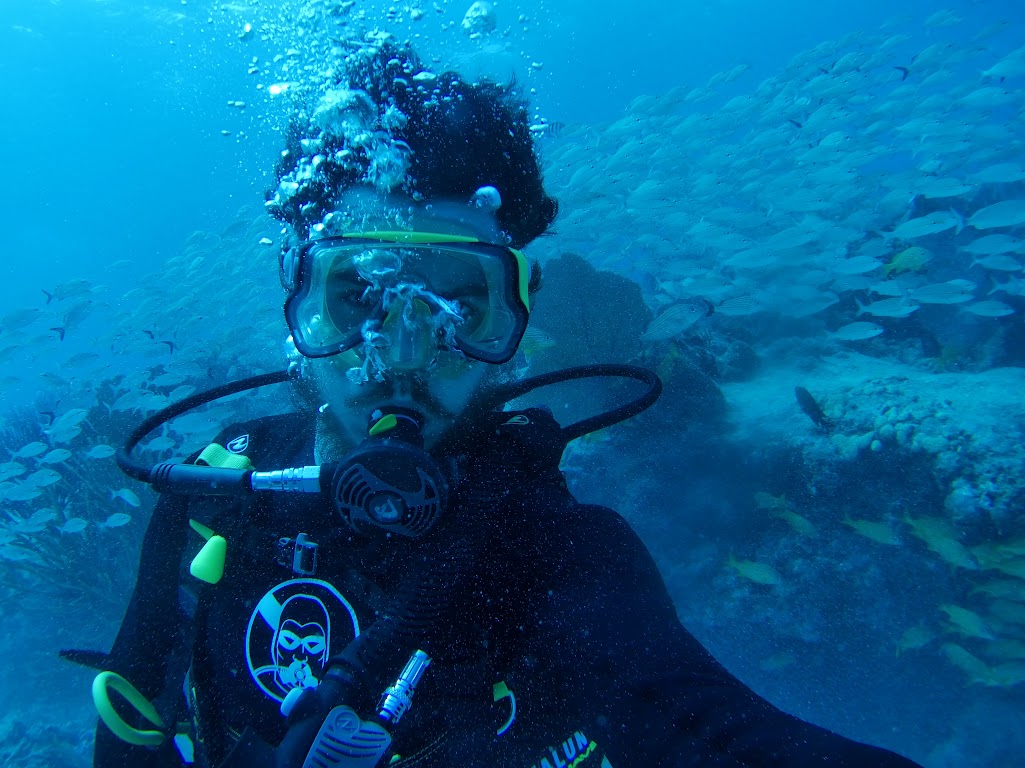
If there’s one area where the Yucatan packs a punch or two, it’s underwater. With waters whose visibility and warmth rival that of a swimming pool and the second-largest coral reef in the world, with marine life to match, the seas of the Mayan Riviera are to divers what Africa’s savannahs or Costa Rica’s jungles are to landlubbers. Logistically speaking, organising a dive here is a breeze too, with dive shops aplenty and trips heading out almost every day. For those who have yet to get their license, this is also a great place to get certified.
Be sure to ask the dive shop what kind of marine life can be expected in the site they’re scheduled to go diving in, but as a general rule, there should be something exciting wherever you go. Because of insurance complications, I could only dive in the shallow seas – down to twelve metres – and I still spotted some stingrays, a stonefish and a giant pufferfish, to say nothing of all the other colourful fish that swarmed the reef.
The Yucatan also has some world-class specialities that are worth mentioning. Playa del Carmen is one of the best, and cheapest, places to go diving with bull sharks in the winter months. Dives with them tend to involve being fed chunks of fish by a guide, in which three to five pregnant females turn up for a free lunch. While attacks are rare, bull sharks are known for being one of the more dangerous species, so guides wear chain mail and you’ll be instructed to stay close to your fellow divers at all times.
Another prized fish that comes here is the whale shark. This leviathan is more whale than shark: growing up to 18 metres long, it’s the world’s largest fish and yet lives off a diet of plankton, gently drifting through the seas with its mouth agape. Whale sharks congregate off Isla Holbox between June and September. Book ahead, since this also happens to be when schools in Mexico are off and only small numbers of people are permitted to snorkel with whale sharks at any one time for the shark’s welfare. Note that I said snorkelling: diving is not permitted since whale sharks are distressed by the bubbles divers produce.
Keep your eyes out for wildlife when visiting Mayan ruins too.
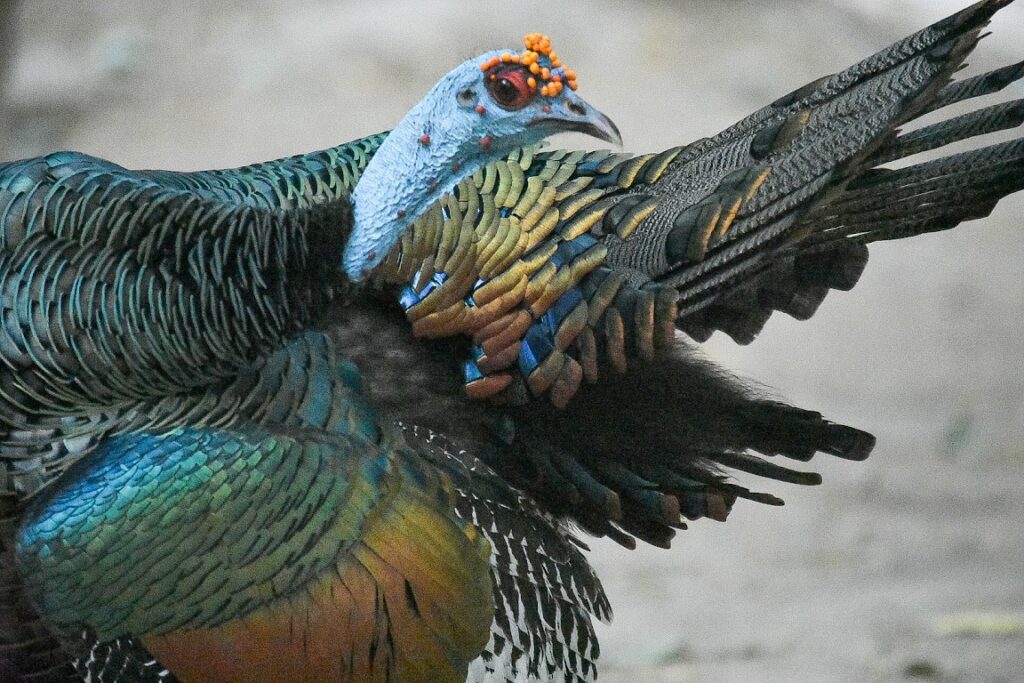
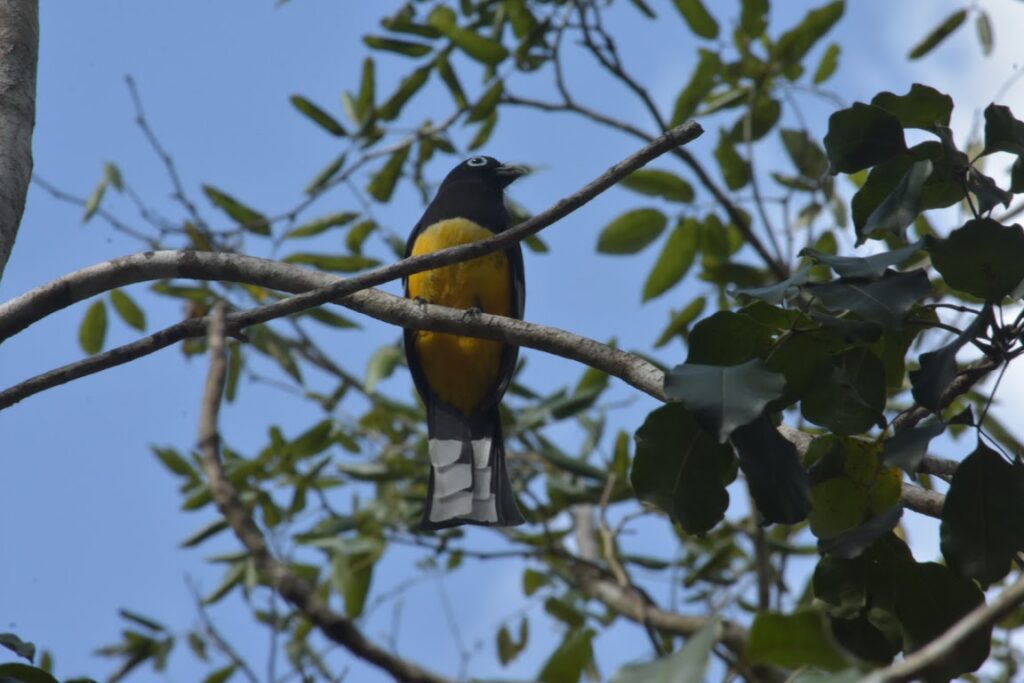
With many of the ancient Mayan civilisation’s cities abandoned, the pyramids and temples were slowly reclaimed by the forest and wildlife returned, like some ancient apocalypse. The arrival of explorers and later tourists generally didn’t disrupt things too much: although paths and roads had to be carved out, much of the forest was generally left intact, mainly to preserve the ruins’ Indiana Jones-esque feel.
In the Coba ruins I came across chirping trogons and an ocellated turkey, a colourful wild relative of the bird we all get familiar with come Christmas. There was also no shortage of black iguanas roaming through the leaf litter or lounging about on the stones. The forests around Tulum play host to endemic Yucatan jays and the ovenbird, a brown bird that makes up for its nondescript appearance by building the most extravagant nests to impress potential mates. The beaches right beneath the cliffs, meanwhile, are prime nesting grounds for sea turtles, with local conservation projects ensuring that they keep coming back despite the beaches’ popularity.

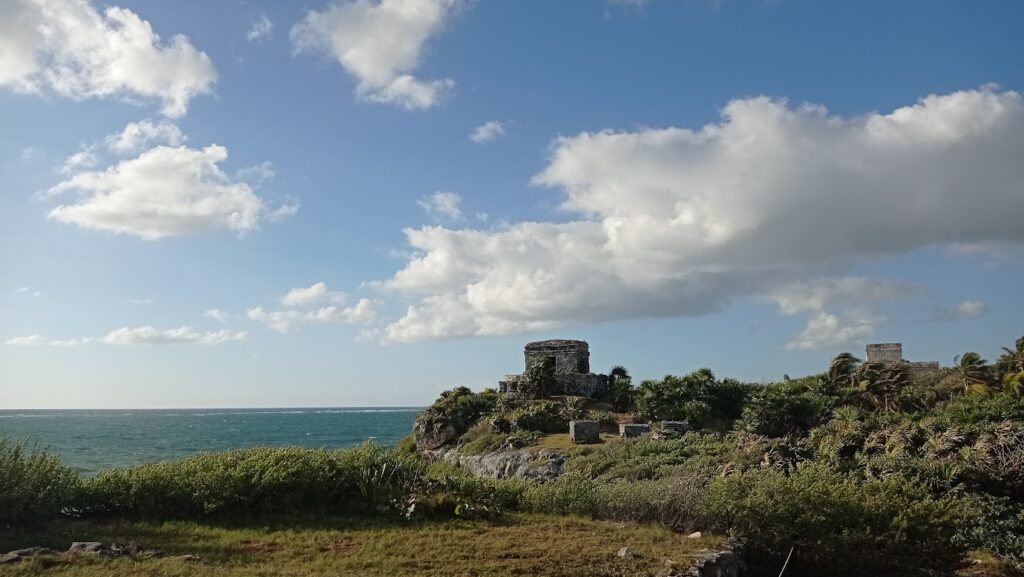

The Chichen Itza is an exception to this. Neatly manicured grass surrounds the largest of the ruins, including the famous pyramid, and paths that lead into the scraps of forest are clogged by souvenir stalls, most of them selling the same stuff. A few times when I thought I heard a curious bird call, it merely turned out to be a vendor demonstrating one of their whistles. The ruins themselves are definitely worth a visit, though, given how well-preserved they are, but its Disney feel meant I came out feeling like once was definitely enough.
Things to know about travelling the Yucatan
How much does it cost to visit the Yucatan?
People say the Yucatan is cheap and Costa Rica is expensive, and I found prices in the two more or less the same. Such is the subjective nature of travel cost discourse. Anyway, if you’re coming up from Guatemala or Honduras, be prepared for a little sticker shock. There’s no shortage of wealthy gringos willing to pay inflated prices in tourist areas, and even living backpacker-style can be more expensive than Central America’s cheaper countries. For example, you’d be hard-pressed to find a good dorm for less than £10 (220 pesos) on the coast. Also, bus travel usually costs £8 per hour of journey time, with collectivos being slightly cheaper.
As for food, you can usually find street food stands with plastic chairs serving up tacos and tortas (sandwiches) for 20 and 60 pesos respectively. You’ll probably need at least three tacos to feel full, so bear that in mind. While not a local experience, there are also plenty of 7-Elevens in the region if you get a craving for cheap hot dogs and snacks. Do yourself a favour and don’t be tempted by the coffee though – it’s sweet enough to make your dentist very nervous.
Activities can vary, but:
- Diving is generally 2100 pesos for two fun dives with all equipment provided.
- Coba and Tulum’s ruins cost 90 pesos to enter, while Chichen Itza cost a comparatively whopping 620.
- A boat trip around Rio Lagartos costs 800 pesos for one person and goes down if more people join.
Getting around the Yucatan
Getting from A to B in this region is, by and large, smooth sailing, with buses and collectivos connecting every town, no matter how small. Between the most popular destinations, you shouldn’t have to wait more than an hour. Rio Lagartos is the one exception to this. ADO is the main bus company and you can generally buy tickets online or by card at the terminals.
When exiting Cancun Airport, there’s an ADO stand at the airport which can get you to other towns or Cancun itself. Do not buy tickets from the vendors holding up boards with price lists, even if that board has ADO’s logo at the top. These people will get you onto a minivan, not the big comfortable coaches ADO provides, and that van will wait until it has filled up rather than leave at a specific time. Also, they are more expensive than buses.
Because the Yucatan is quite flat, roads are usually nice and straight. The flip side to that is that, inland at least, the scenery is frankly pretty boring, unless you enjoy watching small trees blurring past for hours on end.
You might also like:
